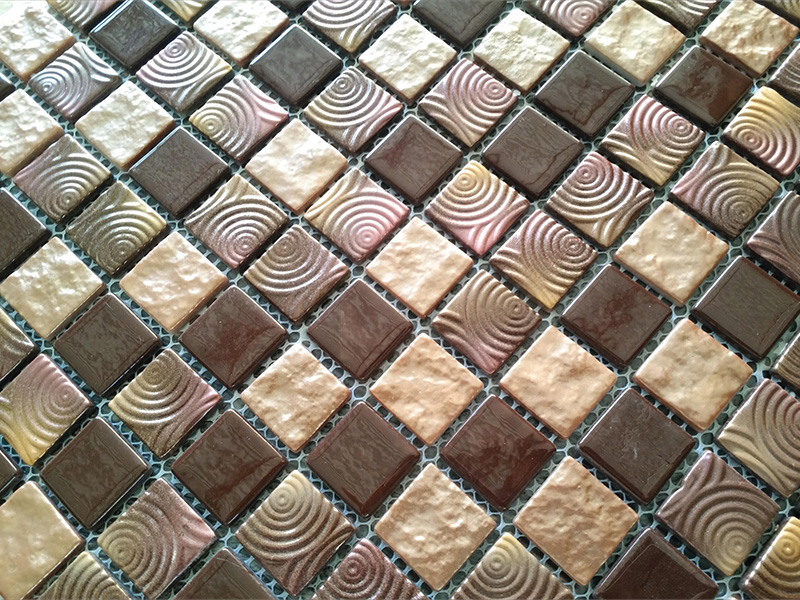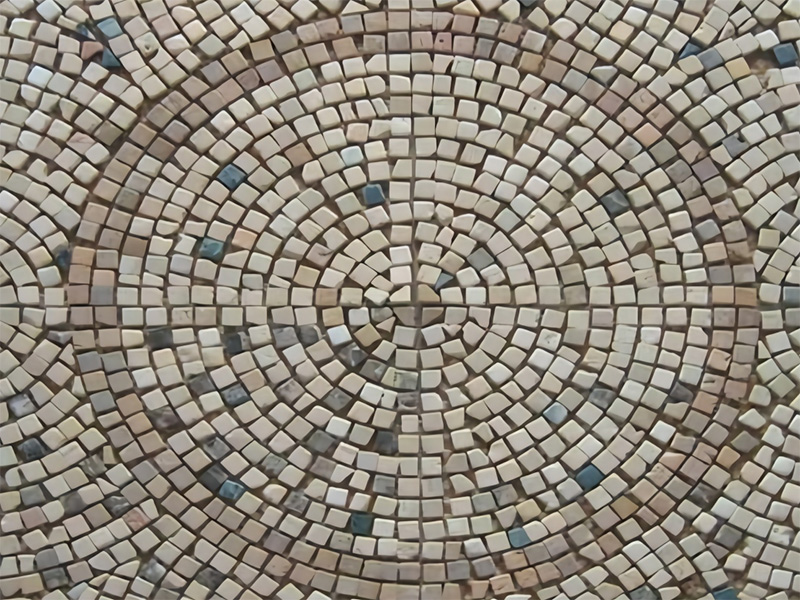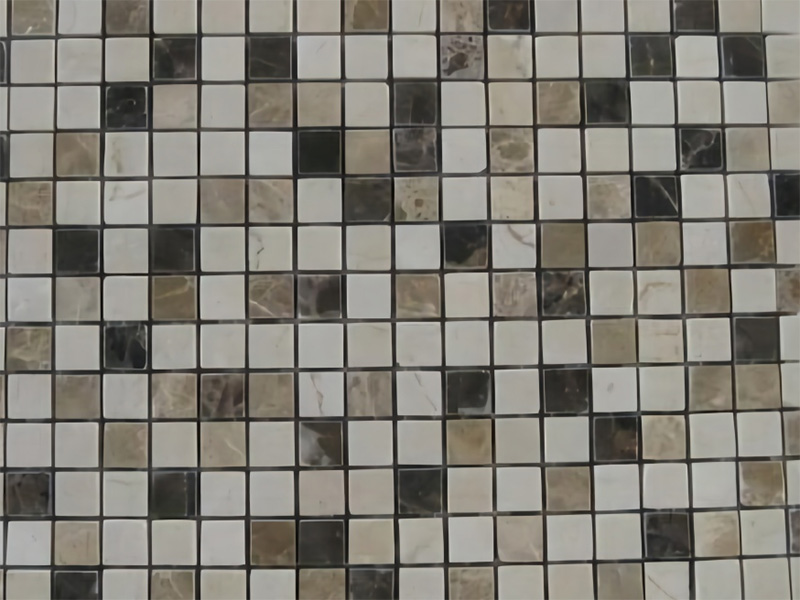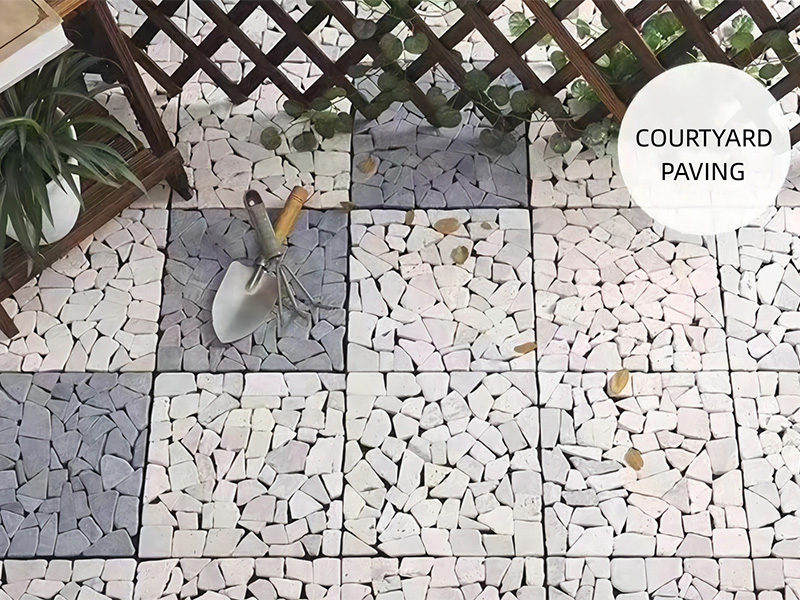Mosaic originated in ancient Greece. The original meaning of mosaic is the detailed decoration made by the mosaic method. People who lived in caves in the early days used various marbles to lay the ground in order to make the floor more durable. The earliest mosaics were developed on this basis.

Mosaic is the earliest inlay art, an art expressed by the painted patterns of small stones, shells, ceramics, glass, and other colored inserts applied to the wall or floor.
Mosaic has become a decorative material. The earliest mosaic found to be used in architectural decoration is the temple wall of the Sumerians. There are mosaic decorative patterns on the temple wall of the Mesopotamia plain across the Mesopotamia of Mesopotamia Europe. The Beauty's Sun Dog mosaic is one of the earliest known mosaics of many. The most archaeological discoveries were in the ancient Greek era. The marble mosaic paving stones of the ancient Greeks were widely used. At that time, the most commonly used form was the paving mosaic made of black and white, and only the authoritative rulers and the wealthy. The use of mosaics for decoration was a luxury art at that time.

When it developed to the late period of ancient Greece, some skilled craftsmen and artists began to use smaller pieces of gravel and cut them by hand in order to enrich their architectural decoration works in order to make mosaic patterns more diverse. The small stone pieces are combined and combined to complete a mosaic of mosaic works, which are paved on the walls, floors, and columns of buildings. Its primitive and rough artistic expression is a precious wealth of mosaic history and culture.
By the time of ancient Rome, mosaics had become very common, and the walls and floors, columns, countertops, and furniture of ordinary houses and public buildings were all decorated with mosaics.

During the European Renaissance, the painter's application of the perspective method emphasized the spatial structure, which formed a breakthrough in the painting plane, and pursued a three-dimensional sense in the plane. At this time, mosaic materials such as mosaics themselves were not suitable for such three-dimensional performance. Mosaic as a painting art should go Realism is not easy. The unique dramatic and rigid forms of mosaics make the artists who are engaged in mosaic creation forget their functions and are greatly restrained by mosaics.
While mosaic art became in decline during the Renaissance due to the rise of other artistic expressions, in the Inca, Mayan and Aztec civilizations in the Western Hemisphere, mixed mosaics and inlay techniques were developed to decorate ornaments and small ornaments. Artifacts such as gold earth and turquoise, garnet, and obsidian were used to create complex human and geometric figures and other artistic expressions, while the Diotivakans used turquoise, shells, or obsidian decorations to make masks, mosaic art was able to continue.

Due to the advancement of productivity, the continuous improvement of production technology, and the continuous production and application of decorative materials, mosaics quickly broke through the range of materials used in traditional mosaics. From traditional marble, pebbles, glass tiles, pottery, porcelain, and enamel, to any material you can use in your life such as buttons, cutlery, or stationery. In today's age of high industrial technology, glass-like inlays made of gold and silver can also be mass-produced.
Post time: Dec-13-2022
